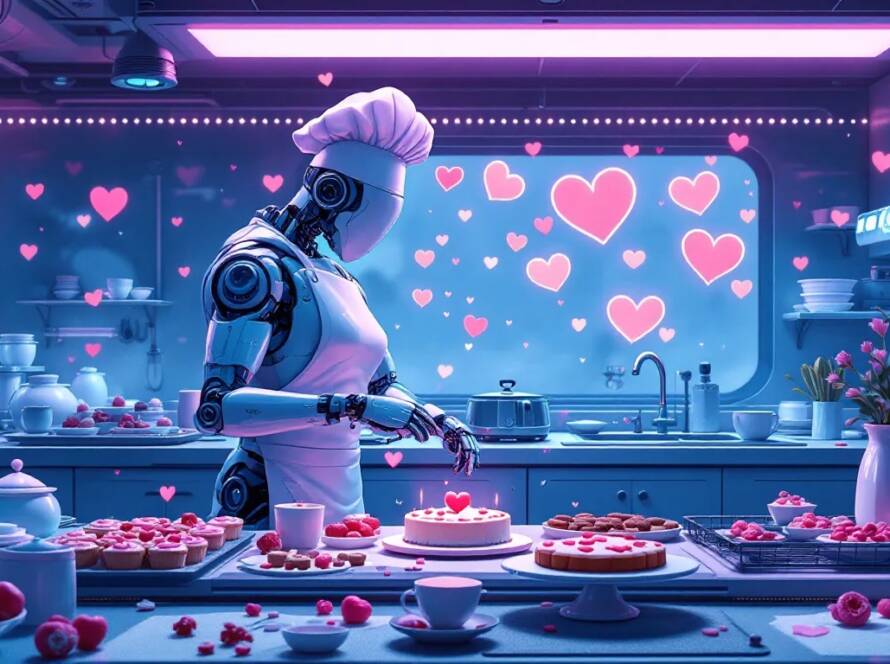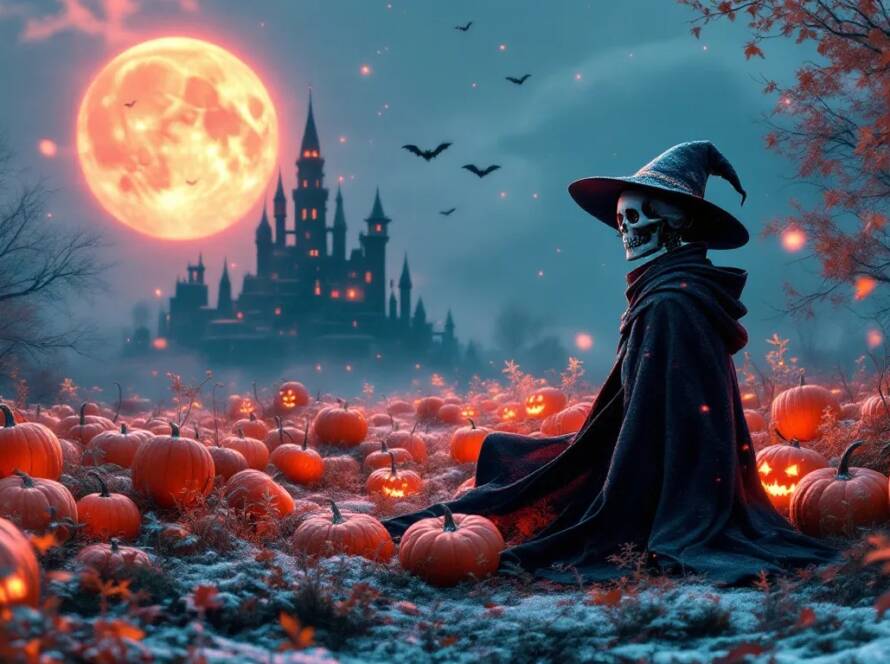Mummy
The history of mummies, particularly in Halloween and popular culture, is a fascinating blend of ancient practices, archaeological discoveries, and modern interpretations. Here’s an overview of how mummies have evolved into a staple of Halloween lore:
Ancient Origins
- Egyptian Mummification: The practice of mummification dates back to ancient Egypt, around 2600 BCE. Egyptians believed in an afterlife, and preserving the body was essential for the deceased to live on. The mummification process involved removing internal organs, drying the body with natron (a natural salt), and wrapping it in linen bandages.
- Cultural Significance: Mummies were often buried with items they would need in the afterlife, such as food, jewelry, and amulets. The tombs of pharaohs, like those in the Valley of the Kings, were elaborate and designed to protect the deceased.
Discovery and Fascination
- 19th Century Egyptomania: The 19th century saw a surge of interest in ancient Egypt, known as Egyptomania. This was fueled by archaeological discoveries, such as the unearthing of Tutankhamun’s tomb in 1922. Mummies became symbols of mystery and intrigue, capturing the public’s imagination.
- Mummy Unwrapping Parties: In the 19th century, some wealthy individuals hosted “mummy unwrapping” parties, where guests would witness a mummy being unwrapped. This morbid curiosity contributed to the fascination with mummies in Western culture.
Mummies in Popular Culture
- Literature and Film: Mummies began appearing in literature and film in the early 20th century. The 1932 film The Mummy, starring Boris Karloff, popularized the image of the mummy as a reanimated creature seeking revenge or love. This film established many tropes that would define mummy narratives in horror.
- Halloween Iconography: Mummies became a familiar figure in Halloween celebrations, often depicted as wrapped in bandages and shuffling slowly. They are featured in costumes, decorations, and haunted attractions, contributing to the spooky atmosphere of the holiday.
Modern Interpretations
- Diverse Representations: In contemporary media, mummies are portrayed in various ways, from the classic horror film versions to more comedic interpretations, such as in “The Mummy” franchise starring Brendan Fraser. These portrayals often blend adventure, romance, and humor with traditional horror elements.
- Cultural Sensitivity: There has been a growing awareness of the cultural significance of mummies and the need for respectful representation in recent years. Discussions around the ethics of displaying mummies in museums and the impact of cultural appropriation have become more prominent.
Conclusion
The history of mummies, from their ancient origins in Egyptian burial practices to their status as Halloween icons, reflects a complex interplay of fascination, fear, and cultural significance. Mummies continue to be popular in Halloween celebrations, embodying the mystery of the past and the allure of the supernatural.


